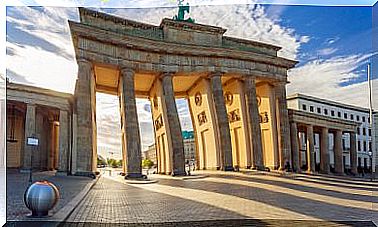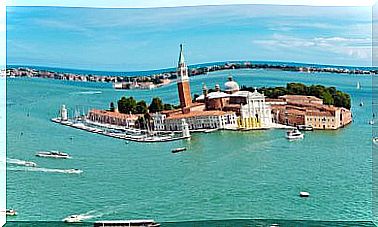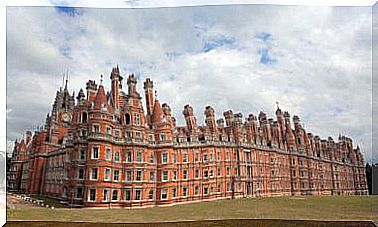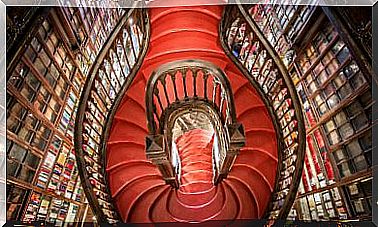History And Legends Of The Wonderful Parthenon Of Athens
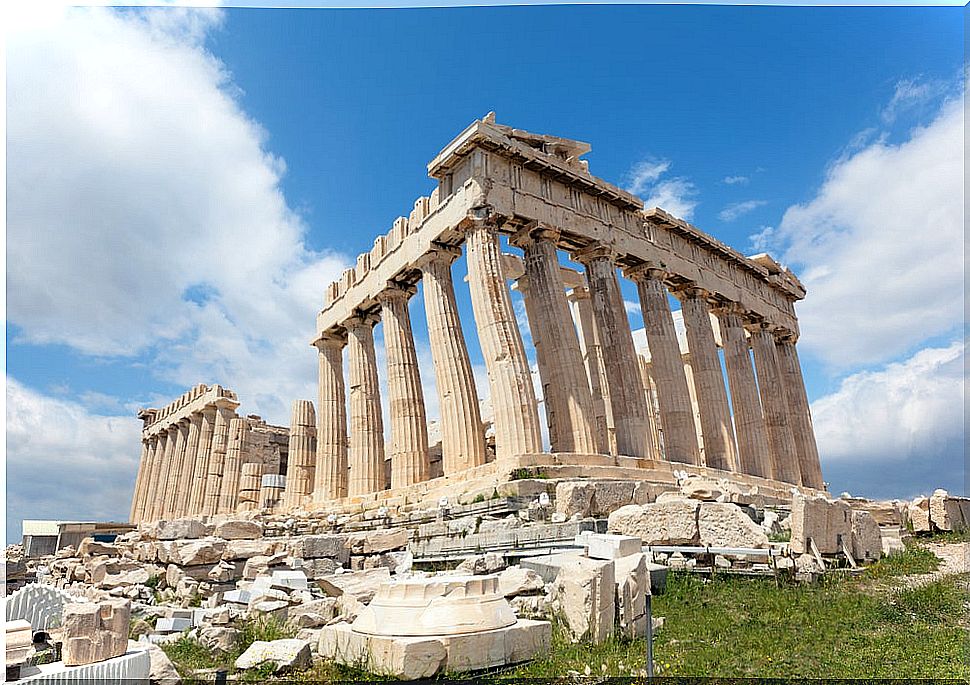
The Parthenon in Athens is one of the most beautiful buildings that man has built throughout history. This wonderful temple is an important example of the splendor of Ancient Greece and around its construction there is a long history and legends to tell you. Are you curious about the secrets of this Greek wonder? Follow us!
History of the Parthenon in Athens

The construction of the Parthenon in Athens occurred between 447 BC and 432 BC. Only a couple of years before construction had ended the Medical Wars, which pitted the Greeks against the Persian Empire. Peace, at last, had come.
In 443 BC Pericles, a politician and a military man, was elected head of the city government. He supported art, theater and philosophy and wanted to endow the city with the beauty and grandeur of the Empire. Thus, during the reconstruction of the Acropolis of Athens, the Parthenon was erected.
The building was built in honor of the Greek goddess Athena, considered the protective goddess of the city, and in gratitude for the victory in the war.
The Parthenon in Athens retained its grandeur for many years. But the Turks used it as a powder magazine and an explosion destroyed much of the building. And later, in the 19th century, the British ambassador Thomas Bruce had parts of the Parthenon removed, which ended up in the British Museum in London.
Architecture of the Parthenon in Athens
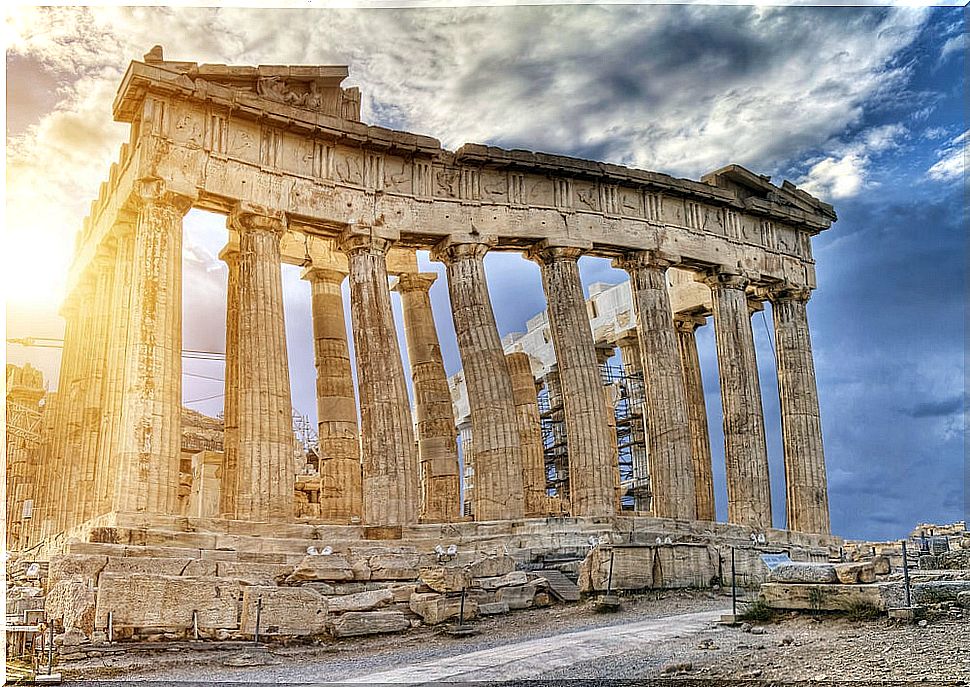
The dimensions of the Parthenon are 69.5 meters long and 30.9 meters wide. Its floor plan is rectangular and is surrounded by 10-meter high columns around its perimeter. The construction was carried out by the architects Ictino, Calícrates and the sculptor Fidias.
The style of construction is Doric, and the Parthenon is the clearest example of the rise of this style. In addition, it was made thinking that inside there would be a statue in dedication to the goddess Athena, so the central room was made a little larger than expected.
From top to bottom, it has the roof, where the pediment rests, with gargoyle ornaments. Then the entablature, where there are the friezes that give rise to the colonnades where, after the capital, the shaft so characteristic of the style is prolonged, with angles in the grooves. And finally, the platform where they rest, with the ascent stairs.
Legends of the Parthenon of Athens
Pay attention to the true stories and curiosities not yet confirmed that we have to tell you about this fantastic Greek temple:
1. The oracle predicted that Athens would be the place of the gods
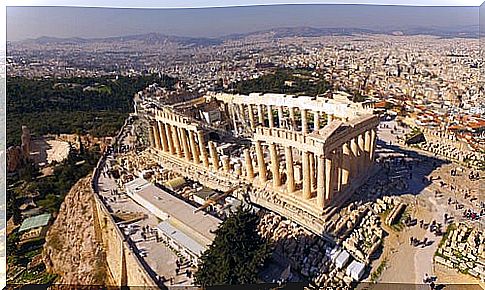
Legend has it that the gods Athena and Poseidon disputed the sovereignty of Athens. This discussion reached the ears of Zeus, the wisest of all the gods. After a meeting of the court of gods, it was decided that the sovereignty of the city would be for the one who created the most beautiful work for men.
Then, Poseidon took out his huge trident and drove it to the ground, and a beautiful spring of salt water gushed out. Athena drew her spear and did the same, and an olive tree grew. And after this, the court awarded Athena victory and she became the protector of Athens.
Years later, the oracle of Delphi announced that the Acropolis of Athens would be inhabited only by gods. And for this reason, Pericles was in charge of building endless temples and statues dedicated to them.
2. In its day, it was painted in colors
Although it was done in white marble, there were some parts that were painted in bright and vivid colors. Specifically, the areas with relief sculptures depicting scenes from Greek mythology.
3. The statue of Athena disappeared under strange circumstances
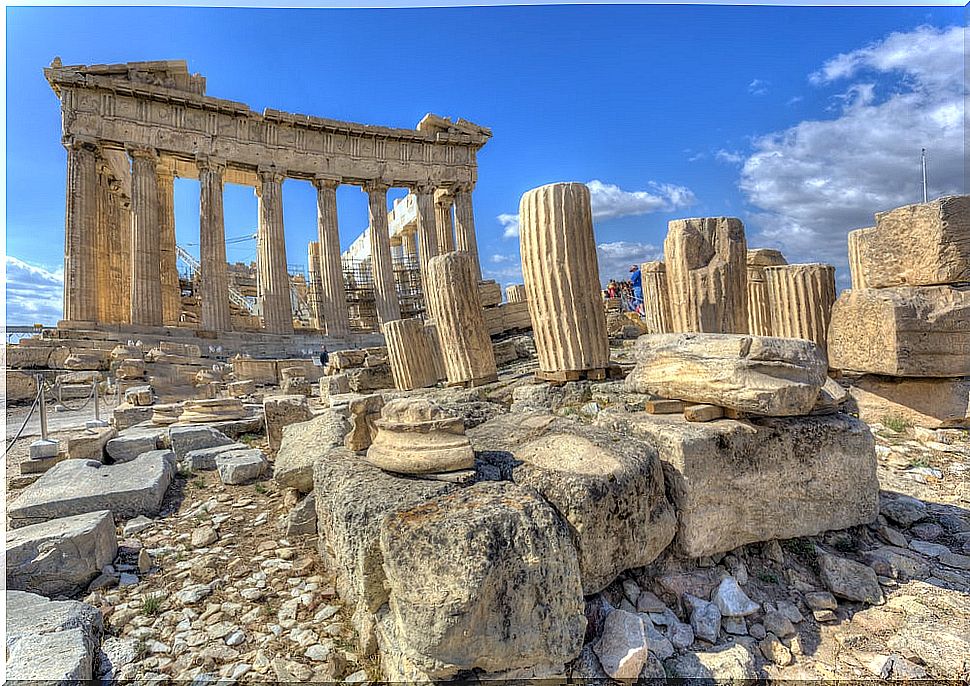
The Parthenon was conceived so that inside there would be a statue of Athena. It was made by Phidias in bronze, gold and ivory and was 12 meters high. It stood in the heart of the Parthenon on a pedestal and a small pond. They say that everyone was amazed to see her and made offerings of precious stones and riches.
However, after the bombing of the Parthenon, the Acropolis was looted and part of the wealth was taken, except for the statue of Athena, which disappeared under strange circumstances. Currently, its location is unknown, but what it was like is known thanks to replicas and historical writings.
4. Its construction is proportional to the human eye
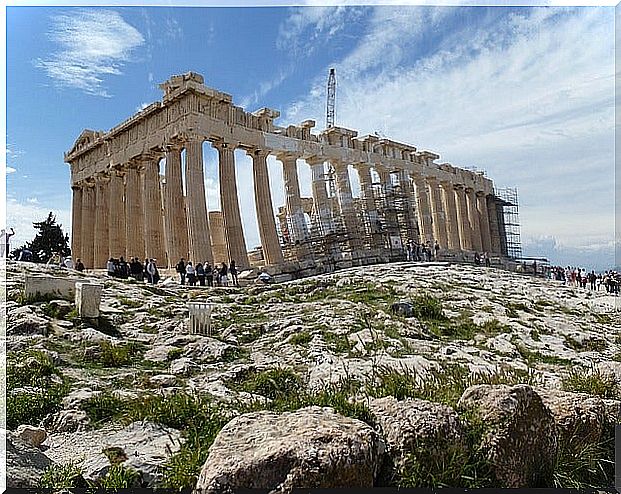
Whenever we are at the foot of a skyscraper and we look up, we have the feeling that the building is deformed and may even fall. However, the Greeks managed to avoid any optical illusion thanks to some mathematical and geometric tricks.
What they did was deform the Parthenon on purpose, bulging the columns and arching the base of the temple to correct for those optical effects. In this way, when looking at it the lines would always be horizontal and vertical. A harmony and a unique proportion for the Parthenon was thus achieved.
